We forcibly placed the game on DirectX10 and now repeated the test with common cards. The picture is somewhat different, but here, too, the bar for the hardware used is extremely high. The test system is the same, the scene is the same. However, this time we tested with 16xAF ingame, because we assumed that the resources of the hardware would be sufficient. Note, all other settings are set to the maximum values for the respective DirectX version.
Our test system:
| Test | |
|---|---|
| Processor: | Q6600, G0 stepping |
| Clock: | 3.8 GHz |
| Ram: | 8 GB DDR2 1066 CL5 |
| Motherboard: | DFI Lanparty DK X48 T2RS |
| Operating system: | Windows 7 Ultimate X64 |
| Graphics card: | Radeon HD 5870, HD5850, Geforce GTX 480, GTX 470 |
| Driver: | Catalyst 10.3, Forceware 197.17 |
With AAA it remains playable…
4x MSAA brakes properly:
If you don't have any of the current high-end cards, you should avoid high resolutions and settings. In the end, it is up to the user's taste to decide whether to opt for an even lower resolution and higher settings, or for their minimization and instead a higher resolution. The existing CPU plays an important role here. Dual-core CPUs around 3 GHz or lower are already overloaded when PhysX and sound need to be done on the CPU. If you don't have a PhysX card, you should at least look for some relief when it comes to sound.
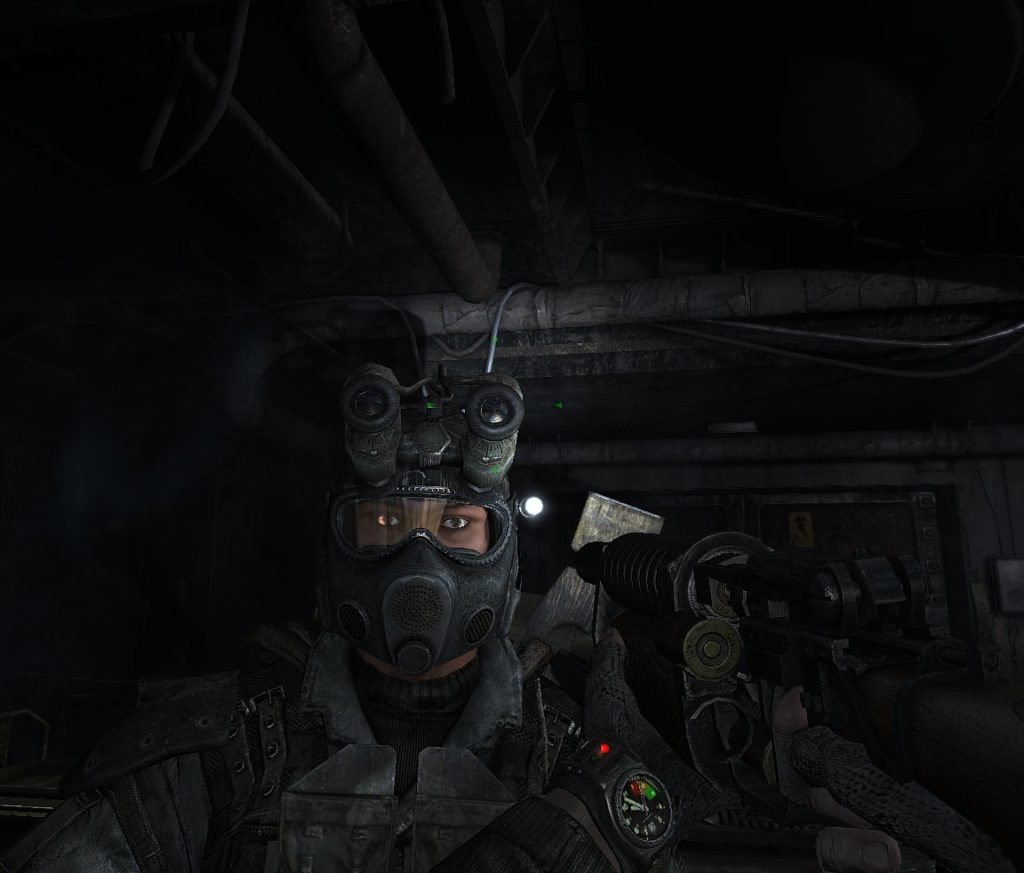
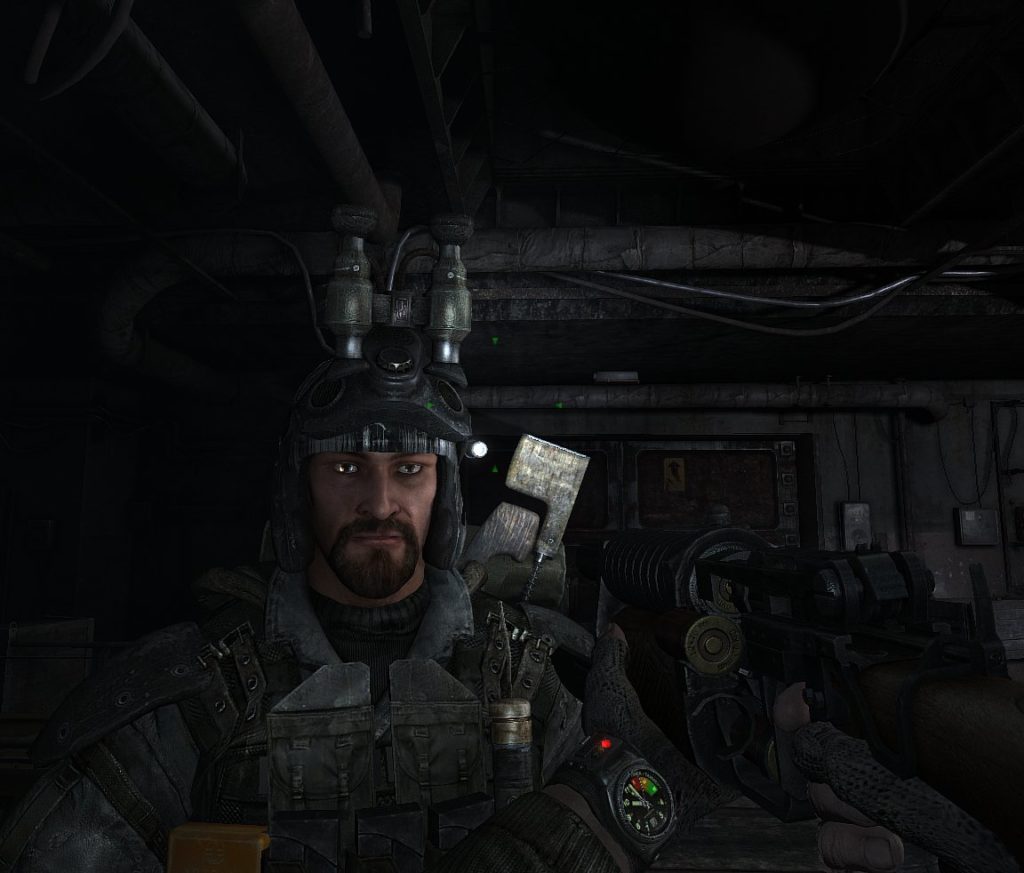
The difference between DirectX9, 10 and 11 is visible, but you only notice it in details such as omitted objects, less modeled facial features, or just a different appearance of the person (helmet on/to). If you have performance problems, you can confidently switch back a version. Under DirectX9, the HD5870 marches through this scene at over 100fps, where the frame rates fall to 25 fps under DirectX11. Who can do without tessellation and may even on DirectX10, which is rewarded in any case by a huge performance increase. The performance difference between Directx10 and 11, on the other hand, is not so serious.
It is also annoying that many interesting sequences are missing without hardware-accelerated PhysX. The game is a hardware eater – well suited to put a new system through its paces. If you have an average PC, e.g. with a non-overclocked E8400 and an HD4870, which will have to be satisfied with lower settings than it was used to. The gameplay will surely compensate him and ultimately encourage him to boost the economy a little bit.
- 1 - Metro 2033: Endzeitstimmung in der Röhre
- 2 - Albtraum über Tage: das Buch, das keiner haben wollte
- 3 - Unter Tage: die Moskauer Metro, der größte Bunker der Welt
- 4 - Reales „Stalin-Addon“: Die geheimen Tunnel der Metro Nr. 2
- 5 - Story: Viel Action, noch mehr Oben-Unten und ein langer Atem
- 6 - Gameplay: Kontrastprogramm aus Chaos und Linearität
- 7 - Benchmark: DirectX11 - der stille Tod des roten Monsters
- 8 - Benchmark: DirectX10 – Schwerathletik statt Morgengymnastik
- 9 - Fazit: Unterirdisches Drama mit himmlischer Umsetzung















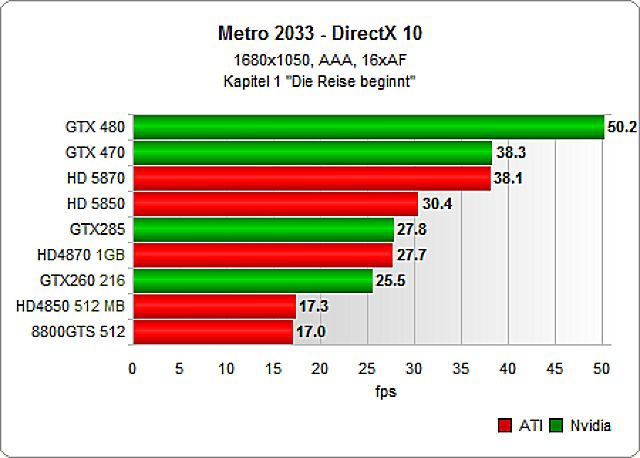
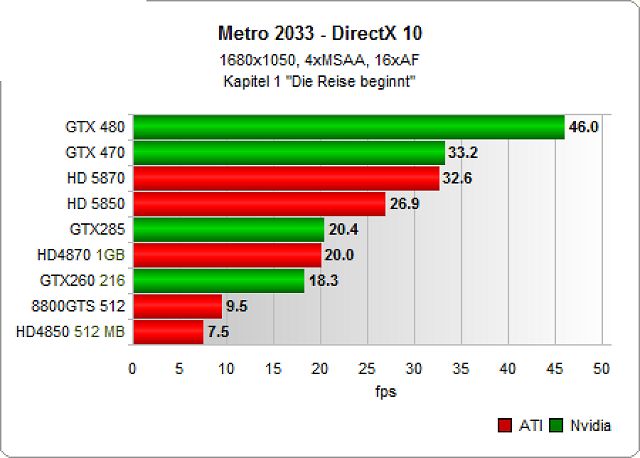















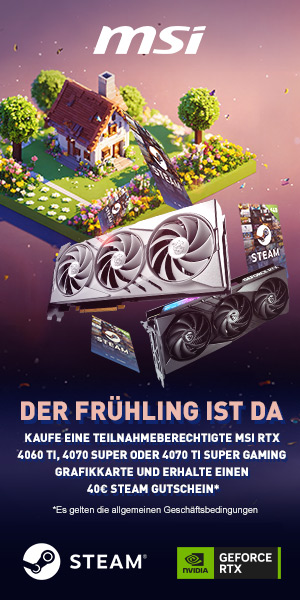


Kommentieren